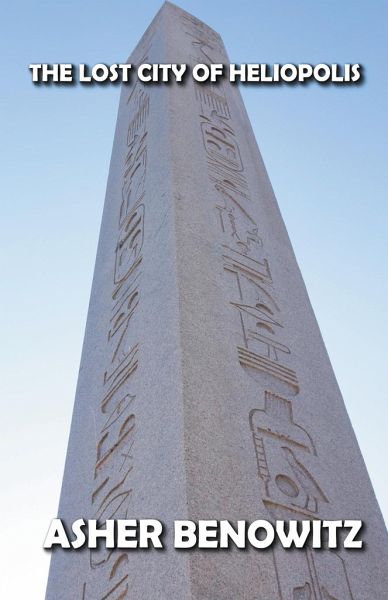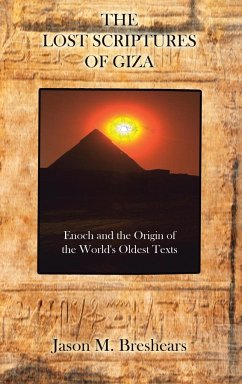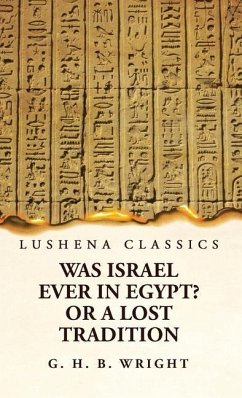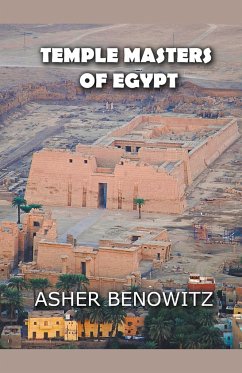
Heliopolis the Lost City
Versandkostenfrei!
Versandfertig in 1-2 Wochen
18,99 €
inkl. MwSt.
Weitere Ausgaben:

PAYBACK Punkte
9 °P sammeln!
A fabled district is known as Heliopolis, whose ancient classical name was derived from the name of the 'City of the Sun', once stood close to the pyramids of Abusir but on the east bank of the Nile River. The obelisks that now stand in London and New York once stood in Heliopolis. As Heliopolis remains today under tarmac roads and Cairo's northern suburbs, its monuments have largely been destroyed, leaving only a standing obelisk, some reconstructed columns, and a few stone blocks. As well as the mud-brick enclosure walls mapped by Napoleon, the sphinx avenue which so impressed the first Euro...
A fabled district is known as Heliopolis, whose ancient classical name was derived from the name of the 'City of the Sun', once stood close to the pyramids of Abusir but on the east bank of the Nile River. The obelisks that now stand in London and New York once stood in Heliopolis. As Heliopolis remains today under tarmac roads and Cairo's northern suburbs, its monuments have largely been destroyed, leaving only a standing obelisk, some reconstructed columns, and a few stone blocks. As well as the mud-brick enclosure walls mapped by Napoleon, the sphinx avenue which so impressed the first European visitors have largely disappeared. Two centuries of desultory and often rapacious digging at Heliopolis uncovered a variety of relics dating back millennia, like Memphis on the other bank of the Nile. It is not uncommon that foundations dug for new villas or apartments in the area bring up the remains of priests' tombs, the mud-brick walls of ancient houses, or a scattering of more minor artifacts from prehistoric pottery of the last native Pharaoh. Despite its millennial celebrity, Heliopolis' most famous monument has gone undiscovered. According to ancient texts, there was a tremendous pharaonic shrine at Iunu. In the 1840s, there stood at its heart a mysterious monument that marked the center of Heliopolis' cult; the eroded wall of the temple's ancient enclosure still stands in the desert. As difficult as it is to trace the architecture of Re's shrine at Heliopolis is to uncover the origins of the god Re. Tradition has tended to read the later grand complexity of Re's role in the pharaonic kingdom back into the age of the god's beginnings. There is, however, very little evidence to support this idea.














